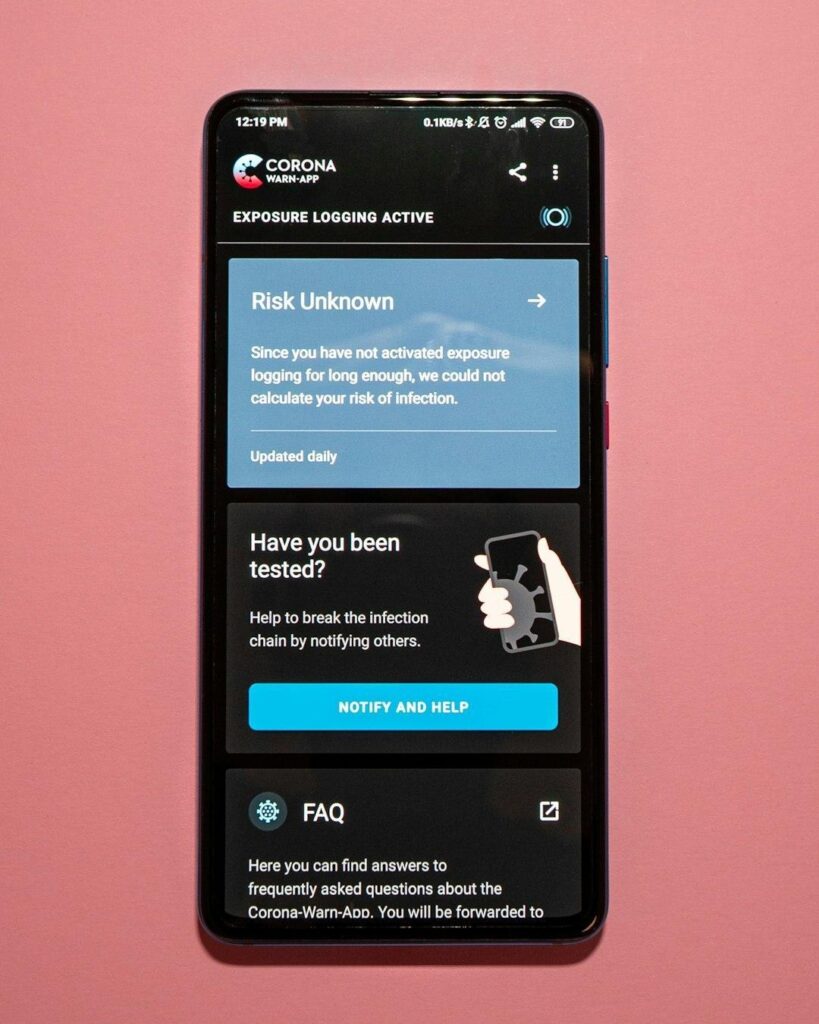Disability rights keep moving forward. We went from the Rehabilitation Act in ’73 to the ADA in 1990, then the ADA Amendments Act in 2008.
Now we’ve got court decisions and federal rules pushing inclusion into digital services, telehealth, remote work…basically everywhere. The core idea hasn’t changed, though: Equal participation!
So why focus on 2026? Because several new rules have deadlines hitting this year and courts are getting more specific about what “reasonable accommodation” actually means today.
Knowing your rights is practical. It changes how you talk to employers, schools, hospitals and government offices. It tells you when to push back, when to document everything and when to file a complaint.
This page covers what you need to know about your disability rights in 2026. As a person with disability (PWD), discover the new laws and court cases that could impact you next year. More importantly, read on to learn how to advocate for yourself.
What Disability Rights You Should Know in 2026
As 2026 approaches, disability rights are entering a new phase of enforcement and accountability. Several landmark rules finalized in recent years are now reaching their compliance deadlines, pushing organizations to turn plans into real accessibility.
This shift goes beyond legal and regulatory compliance. It entails advancing disability inclusion for sustainable companies and public institutions that prioritize equal access across digital, workplace and healthcare environments.
But as a PWD, here’s what you need to know about disability rights next year:
New disability laws
A bunch of federal rules wrapped up in 2024 and their compliance deadlines hit in 2026. This means organizations have to actually make things accessible now, not just plan for it. The big ones:
- ADA Title II web and mobile accessibility for public entities: The Justice Department finally said state and local governments have to make their websites and apps accessible. They’re using WCAG 2.1 as the standard. Bigger public entities have two years to comply… that’s 2026 for most. This covers online forms, PDFs, mobile apps for paying bills, registering for services, all of it.
- Section 504 updates for healthcare: HHS did its first major Section 504 update in decades. Medical settings require enhanced protections and any organization receiving HHS funding should have accessible websites and mobile applications. Most providers have a two-year timeframe, so 2026 is when patient portals, telehealth platforms and digital forms should be fully operational for everyone.
Video conferencing accessibility: The FCC set rules for making video calls accessible. Think of work meetings, online classes, telehealth appointments providing PWDs accessibility features. Some deadlines stretch into 2026 and we’re talking about captions, keyboard navigation, screen reader support and more.

Employment and education are worth watching, too. The ADA still covers workplace rights. Likewise, the EEOC’s guidance on reasonable accommodations matters when you’re negotiating schedule changes, remote work, or assistive technology.
Key court cases
Disability rights impact businesses and organizations across all industries, including the legal sector. These go as far as financial planning for PWDs in BFSI to telehealth services and remote patient monitoring (RPM) in the healthcare sector.
Even the fitness industry is dealing with legal considerations while demanding reasonable accommodations for physically challenged individuals who value fitness and health. Take it from Wang Dong, Founder of Vanswe Fitness:
He explains, “We’ve seen courts push the idea that accessibility isn’t somehow feasible. However, it’s part of how you run a modern organization. Even in fitness, you can no longer ignore accommodations, policies, even tech anymore. The legal bar keeps rising and businesses need to rise with it.”

But how about the legal landscape in 2026? This goes way beyond ramps and doorways. Courts are looking at policy changes and technology as fundamental parts of reasonable accommodation.
Digital accessibility is now mandatory. Courts treat websites and apps connected to public services, shopping and education as essential gateways to information. The Supreme Court dodged a big web accessibility question in 2023 when it dismissed Acheson Hotels v. Laufer as moot, leaving different approaches across circuits. Where you live still affects how easily you can bring web accessibility claims.
What else is trending in the courts:
- Remote-work accommodations: Post-pandemic, judges are looking more closely at when telework makes sense and what truly constitutes an essential job function. Every case is different and documentation matters.
- Effective healthcare communication: With the updated Section 504 rule, more cases test whether hospitals provide interpreters, accessible documents and/or usable patient portals. Winners usually show that the provider did an individualized assessment instead of following blanket policies.
- Appropriate policy modifications: Consider universities offering flexible deadlines or rideshare companies revising their verification processes. The courts want to know if organizations genuinely attempted to adapt or merely claimed otherwise.
The problem? Consistency is all over the map. Enforcement varies by jurisdiction and some places still treat accessibility like a one-time project. Your documentation and persistence make all the difference.
Self-advocacy strategies
Knowing your rights is one thing: Using them effectively is another.
In 2026, as accessibility rules gain real traction, self-advocacy will become a crucial skill for navigating work, education, healthcare and even house-hunting for accessible properties. Whether you’re requesting accommodations or holding organizations accountable, effective advocacy starts with preparation, persistence and practical know-how.
Nicolas Breedlove, CEO at PlaygroundEquipment.com, fosters inclusivity for PWDs at work. He has his fair share of running advocacy training workshops. And he has taught people with disabilities some practical skills.
Breedlove suggests, “Document everything…Every request, every response, every barrier. Then find your local advocacy groups. You learn from what worked for other people and there’s power in numbers.”

Here’s what actually works:
- Write it down. Be clear and specific. Name the barrier and what accommodation you need. For websites or apps, include URLs, screenshots and a detailed description of precisely what went wrong.
- Use the magic words. Ask for the “interactive process.” That phrase tells them you know your ADA or Section 504 rights and expect a real conversation, not a quick ‘no.’
- Bring the standards. For digital stuff, mention WCAG 2.1 AA (or WCAG 2.2) so everyone’s on the same page.
- Get help early. The Job Accommodation Network (JAN) gives free, confidential advice for workers and employers at askjan.org. The ADA National Network connects you to regional resources at adata.org.
- Know where to complain. Workplace issues go to the EEOC (see filing process). Healthcare complaints are directed to the HHS OCR (visit the complaint portal). Education discrimination is addressed through the Education Department’s OCR (access complaint site). Public accommodations or local government problems go to the DOJ (file here).
- Watch the clock. Deadlines are real, especially for employment cases. Mark your calendar the second something happens.
For context: In 2024, only 22.7% of people with disabilities were employed, compared to 65.5% without disabilities. That gap is stubborn, but it shrinks when rights get enforced and barriers come down.
How To Stay Informed on Disability Rights
Laws change fast and keeping up is key to protecting your access and opportunities. New rules can directly affect how you work, learn, or live.
For instance, think of the rise of WFH jobs for disabled people, where digital accessibility and fair accommodations matter more than ever. Building a reliable system for tracking disability updates ensures you stay informed and empowered to act when your rights are at stake.
Dong recommends PWDs to be aware of their rights and always stay abreast with new laws. Having worked with both disabled employees and clients, he recognizes the need to accommodate them efficiently and effectively.
He suggests, “Mix it up. Get newsletters from solid disability organizations, follow actual legal experts on social media…verified ones, not random accounts. You need national policy updates and local stories about what’s really happening on the ground.”

Start here:
- Government sources: Access ADA.gov, the DOJ Civil Rights Division, the HHS Office for Civil Rights, theEEOC, the FCC Disability Rights Office and the U.S. Access Board (especially for medical equipment and facility standards).
- National networks: Check National Disability Rights Network (find your state P&A office, ADA National Network and Disability Rights Education & Defense Fund.
- Accessibility updates: Review the W3C’s Web Accessibility Initiative, WebAIM and Deque’s blog for practical guidance on web/mobile accessibility.
- Rulemaking alerts: Make a free Regulations.gov account and set alerts for “ADA,” “Section 504,” or “accessibility.”
Exercising Disability Rights in 2026 and beyond
Rights only matter when you use them. This year, digital doors are supposed to open wider by law…on government sites, in hospitals, on work and learning platforms. Courts care about policies and tech now, not just physical spaces, which matches how we actually live.
Remember the basics: Write down your requests, keep records, know the standards. Likewise, share what works with your community and join local groups, as your voice is stronger with others. Lastly, use the complaint processes when you need them, since they exist for a reason.
One more thing: Bookmark a couple of sources, get on a newsletter, check in monthly, as small habits matter. Ultimately, staying informed is its own kind of access…and it’s yours! To keep up-to-date with your disability rights, sign up for the Abilities Buzz newsletter.
Disclaimer: This article provides general information, not legal advice. For specific situations, talk to an attorney or your state’s Protection & Advocacy organization. Following standards like WCAG improves digital accessibility and reduces legal risk, thus helping everyone!





